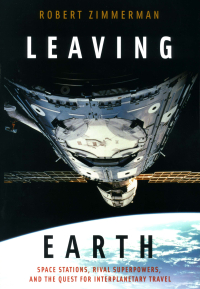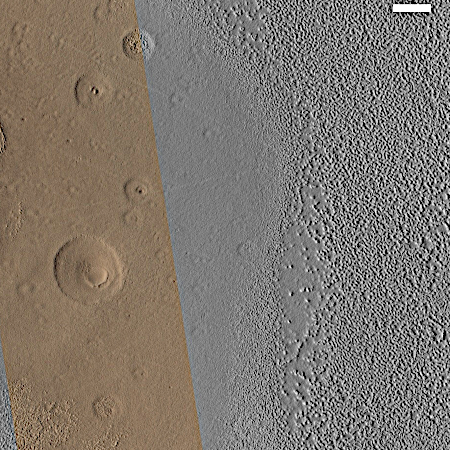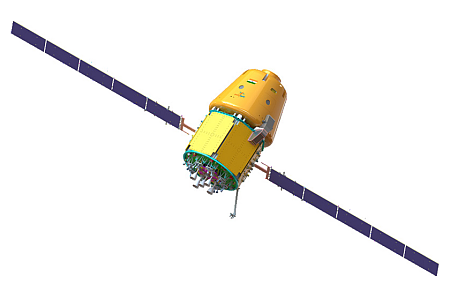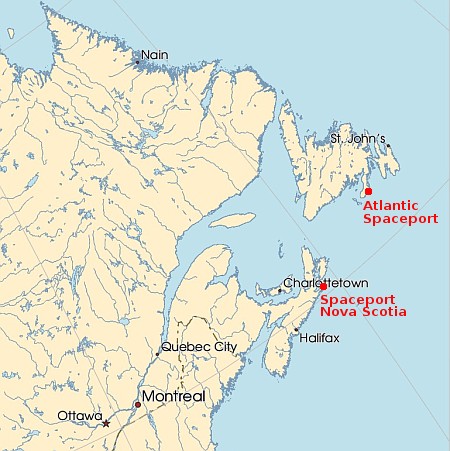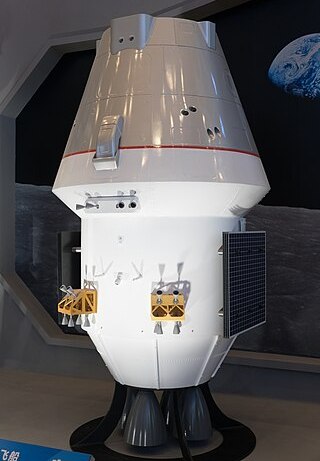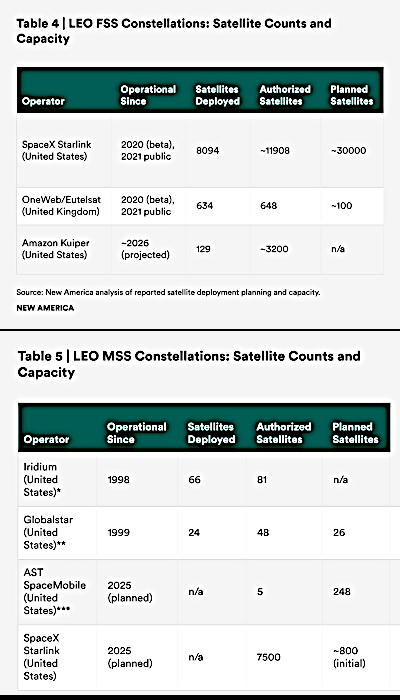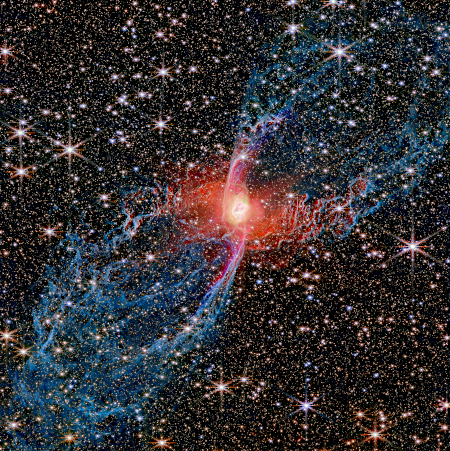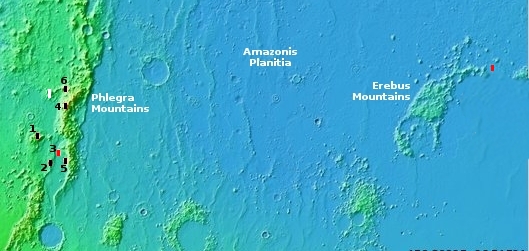Trump renominates Jared Isaacman for NASA administrator

Billionaire Jared Isaacman
President Donald Trump late yesterday announced that he has renominated billionaire Jared Isaacman as his nominee to become the administrator of NASA.
Just as Trump had given no reasons why he had withdrawn Isaacman’s nomination in late May, in his announcement yesterday Trump made no effort to explain why he had changed his mind.
One week ago I would have said that Isaacman’s nomination would proceed very quickly to a vote in the Senate, as he had already been vetted completely in the spring and was fully expected to be confirmed within days when Trump pulled the nomination. Now however I expect the Senate might want to bring Isaacman back for questioning in response to the leak this week of a policy paper he had written in the spring outlining his plans for NASA should he be approved.
That paper, still not released to the public, apparently contained a lot of specifics about Isaacman’s plans to reshape NASA that appeared to raise the hackles of the many swamp creatures in DC that live off the government trough. Isaacman addressed that leak in a very long and very detailed tweet yesterday that outlined in detailed but general terms what his goals were in that paper, and it could be his reasoning in this tweet that convinced Trump to renominate him. As Isaacman concluded:
This plan never favored any one vendor, never recommended closing centers, or directed the cancellation of programs before objectives were achieved. The plan valued human exploration as much as scientific discovery. It was written as a starting place to give NASA, international partners, and the commercial sector the best chance for long-term success. The more I see the imperfections of politics and the lengths people will go, the more I want to serve and be part of the solution… because I love NASA and I love my country
These speculations however are all worthless. As we really don’t know the exact reasons why Trump pulled the nomination in May, it is difficult to guess why Trump changed his mind now.
It will be interesting to see how the Senate responds to this new Trump decision.

Billionaire Jared Isaacman
President Donald Trump late yesterday announced that he has renominated billionaire Jared Isaacman as his nominee to become the administrator of NASA.
Just as Trump had given no reasons why he had withdrawn Isaacman’s nomination in late May, in his announcement yesterday Trump made no effort to explain why he had changed his mind.
One week ago I would have said that Isaacman’s nomination would proceed very quickly to a vote in the Senate, as he had already been vetted completely in the spring and was fully expected to be confirmed within days when Trump pulled the nomination. Now however I expect the Senate might want to bring Isaacman back for questioning in response to the leak this week of a policy paper he had written in the spring outlining his plans for NASA should he be approved.
That paper, still not released to the public, apparently contained a lot of specifics about Isaacman’s plans to reshape NASA that appeared to raise the hackles of the many swamp creatures in DC that live off the government trough. Isaacman addressed that leak in a very long and very detailed tweet yesterday that outlined in detailed but general terms what his goals were in that paper, and it could be his reasoning in this tweet that convinced Trump to renominate him. As Isaacman concluded:
This plan never favored any one vendor, never recommended closing centers, or directed the cancellation of programs before objectives were achieved. The plan valued human exploration as much as scientific discovery. It was written as a starting place to give NASA, international partners, and the commercial sector the best chance for long-term success. The more I see the imperfections of politics and the lengths people will go, the more I want to serve and be part of the solution… because I love NASA and I love my country
These speculations however are all worthless. As we really don’t know the exact reasons why Trump pulled the nomination in May, it is difficult to guess why Trump changed his mind now.
It will be interesting to see how the Senate responds to this new Trump decision.




